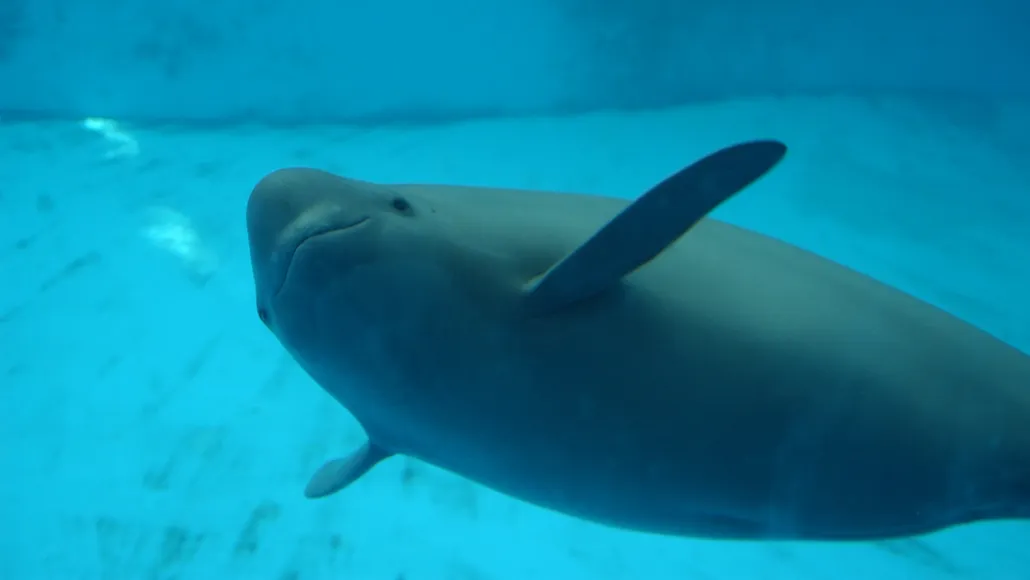For over a thousand years, poets in China have looked to the Yangtze River for inspiration. They wrote of its tides, its storms, and the animals that danced through its waters. Among those creatures was the Yangtze finless porpoise — once so common it slipped easily into verses, now so rare it teeters on the edge of extinction.
Today, scientists are turning back to those very poems — not for beauty, but for data.
In a groundbreaking study published in Current Biology, researchers used ancient Chinese poetry to track the historical range of the Yangtze finless porpoise (Neophocaena asiaeorientalis asiaeorientalis), the world’s only freshwater porpoise. With just over 1,000 individuals left in the wild, understanding where these animals once lived is crucial to saving them.
“Conservation starts with context,” says Jiajia Liu, an ecologist from Fudan University. “If we want to set meaningful goals, we need to understand where the porpoise came from — and how far it has fallen.”
But robust ecological records only go back a few decades. So Liu and a team of scientists turned to history — sifting through classical Chinese poems and travel writings dating back to the Tang Dynasty (618–907 AD). After careful filtering, they uncovered 724 poems that mentioned the porpoise directly, tracing its once-expansive range.
Many of these poets were officials or nobles, like Emperor Qianlong, who once wrote:
“Porpoises chased moonlight on silvered tides, as dragons summoned storm clouds looming in sight.”
Using biographies and historical travel logs, researchers were able to map where these writers encountered porpoises. When layered with modern survey data, the results were stark: the Yangtze finless porpoise has lost 65% of its range since the Tang Dynasty, and over 90% in its tributaries and lakes. Most of the decline occurred between the Qing Dynasty and today, mirroring rapid industrialization and ecological disruption.
Dams, pollution, and land development have blocked migration paths and destroyed habitats — turning a once-common river dweller into a rare and fleeting sight.
Yet, through poetry, the porpoise speaks across centuries — not just as a symbol of nature’s elegance, but as a witness to its loss.
“These poems are a form of ancient citizen science,” Liu says. “They may not be precise, but when used carefully, they can tell us a powerful story.”
And perhaps, that story can still help save what remains.
